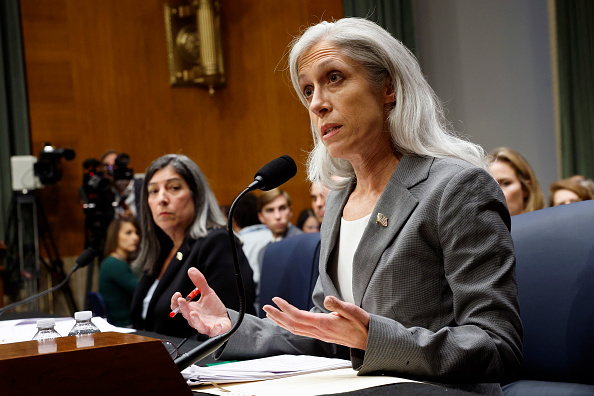In a recent development in Florida’s chaotic property and casualty insurance market, more than 110,000 policies were moved through the state’s “takeout program” from Citizens into six new “private” companies, many recently launched under the state’s program to attract insurance companies back to Florida. Ivan Penn’s article examining the weaknesses of Magnolia Insurance demonstrates the folly of relying on these new companies to take part of the burden of risk off of Citizens.
While the new policies are technically leaving the state-run system, homeowners are not being given a great deal of choice about where they would like their policy to be. These new property and casualty insurers are merely subsidized companies masquerading as private entities. While the new policies may be leaving Citizens, they are entering companies almost wholly dependent upon the state’s catastrophe fund, which could collapse under the strain of a major hurricane and cost taxpayers millions of dollars.
Penn’s article brings to the table a new concern, that these new companies may not have been sufficiently vetted before they acquired the new policies. While the number of small insurers has increased with the subsidies, Florida could increase competition and lower rates to a greater degree by lowering regulatory barriers, rather than raising them. Any surplus Citizens generates should be returned to the people who paid assessments and fees as part of their policies, not used as a government subsidy to entice private insurers to enter a shoddy insurance market.




